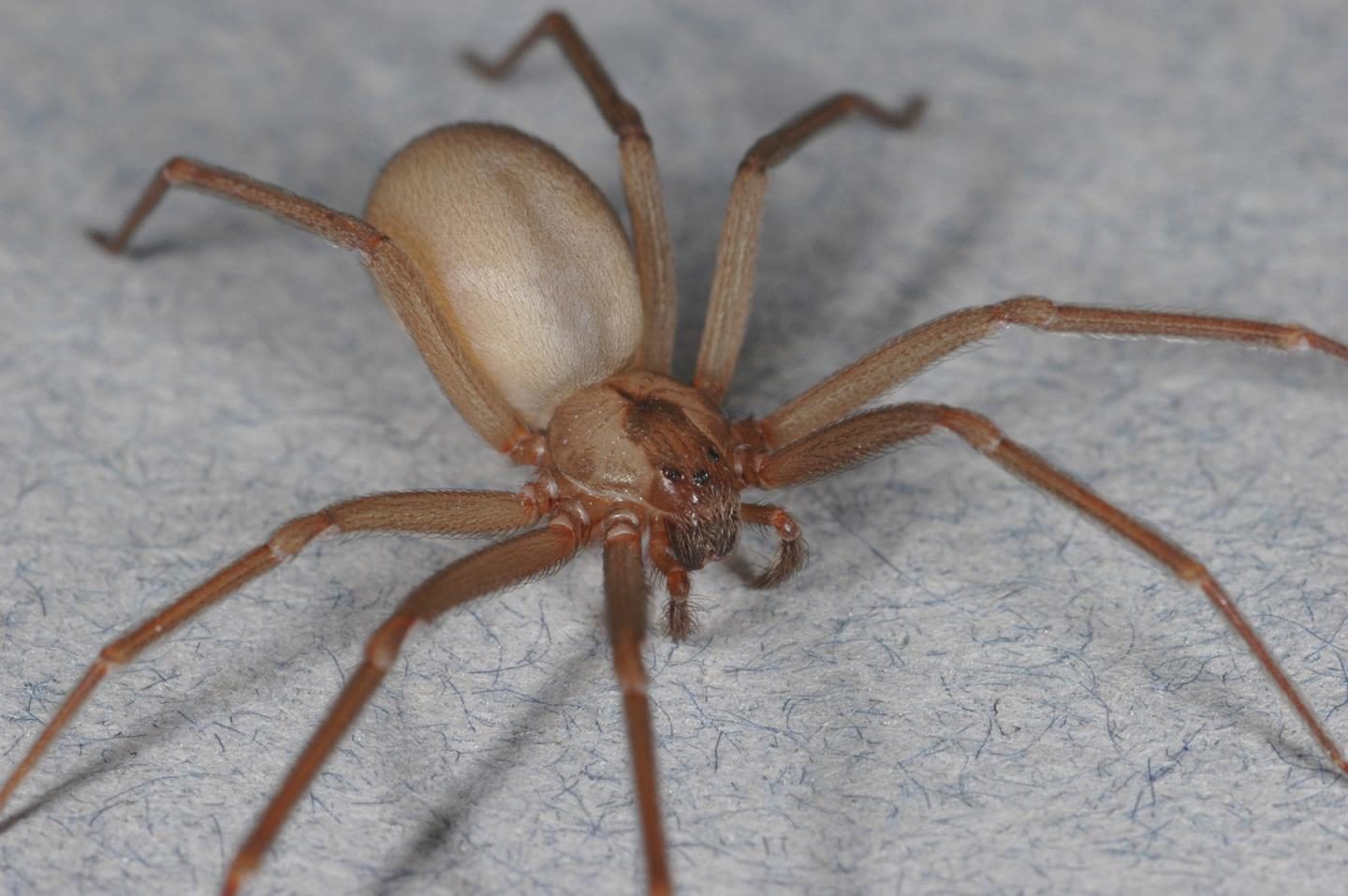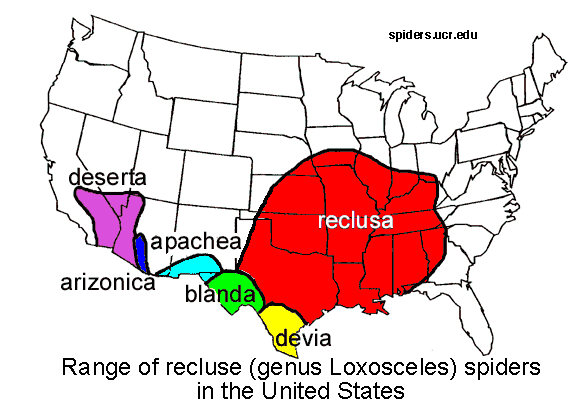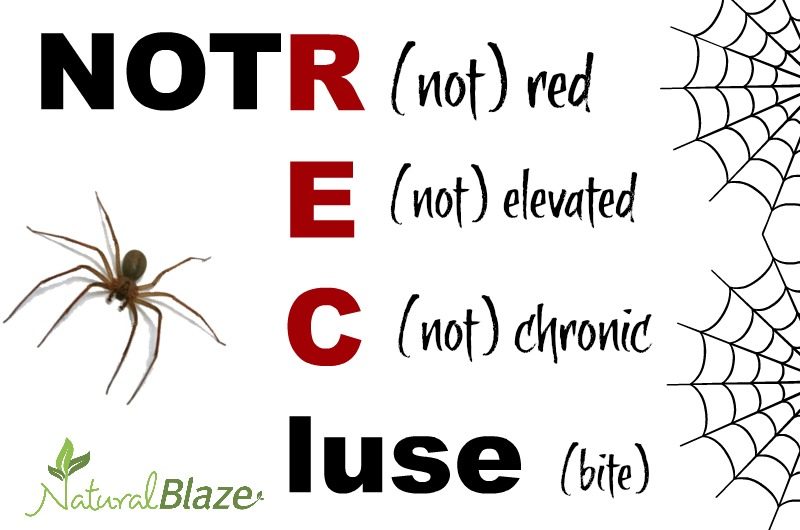We have good and bad news on that front. The bad news is that serious infections and other bites are often misdiagnosed as brown recluse bites. The reason - could it be for caution's sake or public health messages surrounding venomous bites? Regardless, there's a way to tell... Now for two more pieces of good news.
First, although venomous, about 90 percent of bites self-heal, and only about 10 percent result in a rotting flesh lesion - just less than 1 percent cause a systematic reaction that can be fatal. Second, two dermatologists and a retired entomologist in Missouri who specialize in treating brown recluse bites, have co-authored a just-published paper in JAMA Dermatology that finally put misunderstandings to rest. That is a long-needed clarification since giving unnecessary treatment for a false alarm can lead to tragedy - about 40 medical conditions, including several deadly bacterial infections, can be confused with brown recluse bites.
Rick Vetter, a retired University of California, Riverside entomologist wanted this report to emphasize what a brown recluse isn't - thus, the mneumonic device NOT RECLUSE was born. (There's probably no bigger spider expert than Vetter. He published over 140 professional papers on spiders, mainly brown recluse, and is also the author of The Brown Recluse Spider, the only book dedicated to this species written for adults.
For example, the REC of NOT RECLUSE indicates (not) Red, Elevated and Chronic.
Brown recluse bites are actually white-ish blue or purple, flat and non-chronic, i.e., they get better within three months.
Not Red...Not Elevated...Not Chronic...
The work gives alternative examples of non-recluse issues. For instance, a red lesion would indicate a bite or sting by another insect/spider or might be a bacterial infection caused by streptococcus or anthrax.
University of California reports:
The JAMA Dermatology paper was the culmination of years of collaboration between Stoecker and Dyer, who developed a swab test for detecting recluse venom in bites, and Vetter, who has been documenting misdiagnosed conditions. It encapsulate 25 years of Vetter's work as well as his colleagues' 50 combined years of treating brown recluse bites in Missouri.Check out their paper: "NOT RECLUSE—A Mnemonic Device to Avoid False Diagnoses of Brown Recluse Spider Bites."
"I'm really on a crusade here," Vetter said. "We have this knowledge that is counter to what many doctors and the general public are saying. And what they are saying is causing damage by misdiagnosis."






Chilean recluse spider wiki:
[Link]